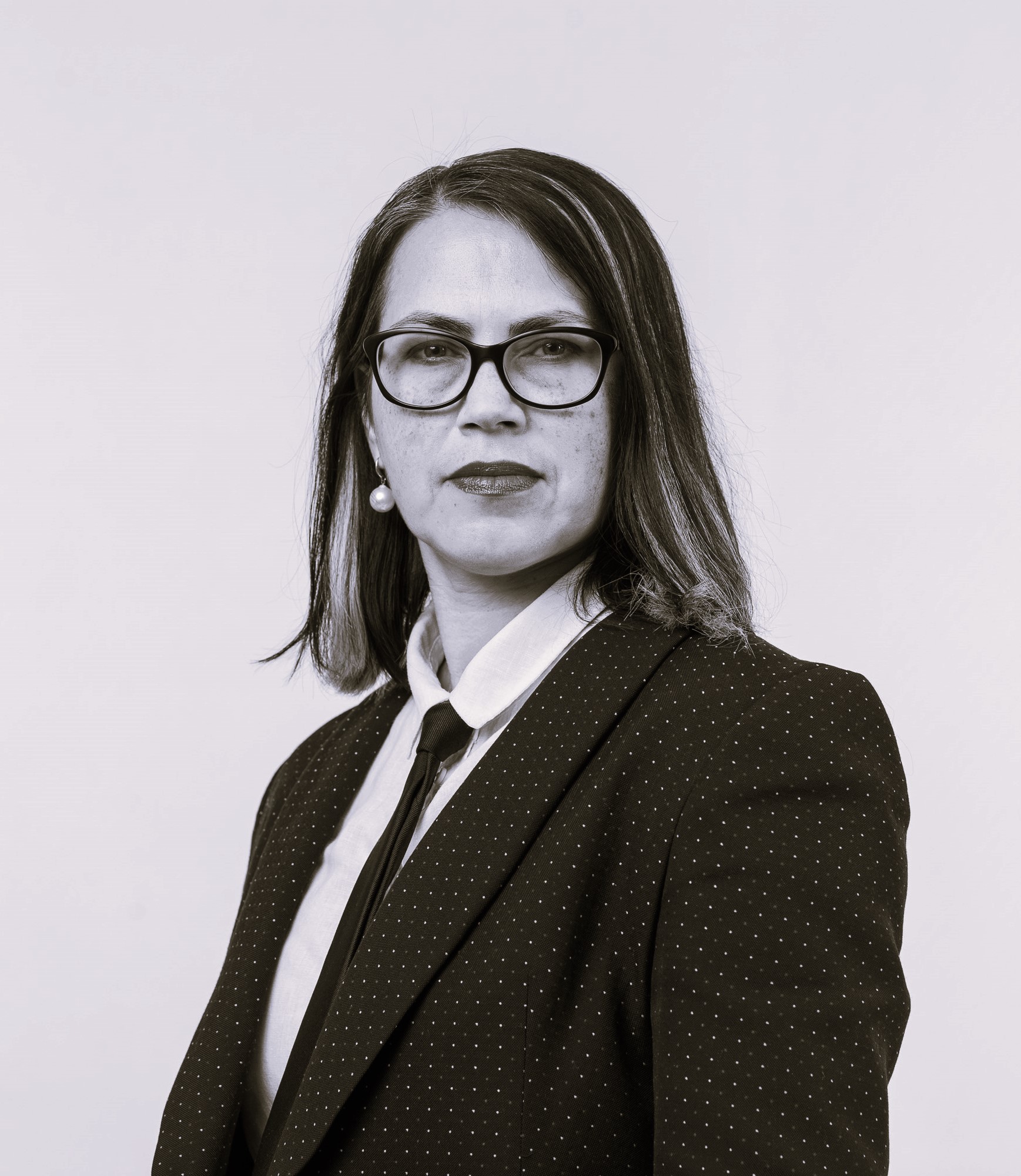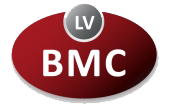Medical Genetics and Mitochondrial Research Group (I.Iņaškina lab)
The main focus of our group is the projects associated with human genetic pathologies and the underlying molecular mechanisms of disease development. At the moment we are concentrating our research on mitochondrial, neuromuscular and other rare inherited diseases. We are also planning to widen our portfolio with a neurodegenerative disorder that has a definite genetic background – Focal Cortical Dysplasia. The methodological approach – next generation sequencing techniques (WES, WGS, RNAseq) with the following functional analysis is our common strategy for all aforementioned diseases.
Our achievements in science during the last years were related to discoveries of hereditary disease aetiologies, including the identification of a causative gene/ mutation in a novel inherited neuromuscular disease, as well as the biological characterization of the corresponding cellular and transgenic animal models.
In collaboration with clinicians, we have established a database of patients with symptoms suggestive of mitochondrial pathology (more than 150 DNA samples and corresponding clinical descriptions) and a collection of samples from patients suffering from other rare unidentified inherited diseases.
Our results had an impact not only at the level of fundamental knowledge, but they were also used in development of routine genetic diagnostics, intended for Latvian hospitals and clinics. We aim to develop personalized medicine for patients suffering from neuromuscular or mitochondrial diseases, and therefore we are now putting a lot of effort in implementation of next generation sequencing based technologies, by perfecting a high level NGS data analysis and the clinical interpretation of the obtained results.

Inna Iņaškina, PhD
Head of the research group, senior researcher
Personnel
Inna Iņaškina, Dr. biol., inna@biomed.lu.lv
Dita Kidere, MSc. biol., dita.kidere@biomed.lu.lv
Anastasija Tvoronoviča, anastasija.tvoronovica@biomed.lu.lv
Laura Veite, laura.veite@biomed.lu.lv
Areas for searching partners
Mitochondrial diseases, transmitochondrial cytoplasmic hybrid cell models, mitochondria – nucleus crosstalk, neuromuscular disorders, rare inherited diseases, whole genome sequencing, muscle biomechanical research, focal cortical dysplasia, congenital malformations, myogenic tremor
10 the most representative publications for the scientific group
- Mroczek M, Inashkina I, Stavusis J, Zayakin P, Khrunin A, Micule I, Kenina V, Zdanovica A, Zídková J, Fajkusová L, Limborska S, van der Kooi A, Brusse E, Leonardis L, Maver A, Pajusalu S, Õunap K, Puusepp S, Dobosz P, Sypniewski M, Burnyte B, Lace B. CAPN 31746-20C>G variant is hypomorphic for LGMD R1 calpain 3-related. Hum Mutat. 2022 Jun 22. doi: 10.1002/humu.24421. Online ahead of print
- Lace B, Micule I, Kenina V, Setlere S, Strautmanis J, Kazaine I, Taurina G, Murmane D, Grinfelde I, Kornejeva L, Krumina Z, Sterna O, Radovica-Spalvina I, Vasiljeva I, Gailite L, Stavusis J, Livcane D, Kidere D, Malniece I, Inashkina I. Overview of Neuromuscular Disorder Molecular Diagnostic Experience for the Population of Latvia. Neurol Genet 2022; 8:e685. doi:10.1212/NXG.0000000000000685.
- Monogenic versus multifactorial inheritance in the development of isolated cleft palate: a whole genome sequencing study. Lace B, Pajusalu S, Livcane D, Grinfelde I, Akota I, Mauliņa I, Barkāne B, Stavusis J, Inashkina I. Front Genet. 2022 Feb 24;13:828534. doi: 10.3389/fgene.2022.828534.
- Case report: two families with HPDL related neurodegeneration. Micule I, Lace B, Wright NT, Chrestian N, Strautmanis J, Diriks M, Stavusis J, Kidere D, Kleina E, Zdanovica A, Laflamme N, Rioux N, Setty ST, Pajusalu S, Droit A, Lek M, Rivest S, Inashkina I. Front Genet. 2022 Feb 9;13:780764. doi: 10.3389/fgene.2022.780764.
- Stavusis J, Micule I, Wright NT, Straub V, Topf A, Panadés-de Oliveira L, Domínguez-González C, Inashkina I, Kidere D, Chrestian N, Lace B. Collagen VI-related limb-girdle syndrome caused by frequent mutation in COL6A3 gene with conflicting reports of pathogenicity. Neuromuscul Disord. 2020 Jun;30(6):483-491. PMID: 32448721.
- Stavusis J, Lace B, Schäfer J, Geist J, Inashkina I, Kidere D, Pajusalu S, Wright NT, Saak A, Weinhold M, Haubenberger D, Jackson S, Kontrogianni-Konstantopoulos A, Bönnemann CG. Novel mutations in MYBPC1 are associated with myogenic tremor and mild myopathy. Ann Neurol. 2019 86 (1), pp. 129-142. PMID: 31025394.
- Kidere D, Zayakin P, Livcane D, Makrecka-Kuka M, Stavusis J, Lace B, Lin TK, Liou CW, Inashkina I. Impact of the m.13513G>A variant on the functions of the OXPHOS system and cell retrograde signaling. Curr Issues Mol Biol. 2023 Feb 22;45(3):1794-1809.
- Celmiņa M, Mičule I, Audere M, Kušķe S, Pereca J, Inaskina I, Stavusis J, Pelnena D, Strautmanis. EAST/SeSAME syndrome – review of the literature and introduction of four new Latvian patients. Clin Genet. 2018 May 3. PubMed ID: 29722015.
- Cipriani V, Silva RS, Arno G, Pontikos N, Kalhoro A, Valeina S, Inashkina I, Audere M, Rutka K, Puech B, Michaelides M, van Heyningen V, Lace B, Webster AR, Moore AT. Duplication events downstream of IRX1 cause North Carolina macular dystrophy at the MCDR3 locus. Sci Rep. 2017 Aug 8;7(1):7512. PMID: 28790370.
- Radovica I., Inashkina I., Smeltere L., Vitols E., Jankevics E. Screening of 10 SNPs of LINGO1 gene in patients with essential tremor in the Latvian population. Parkinsonism Relat Disord. 2012 Jan;18(1):93-5. Epub 2011 Jul 7. PMID: 21741293.

